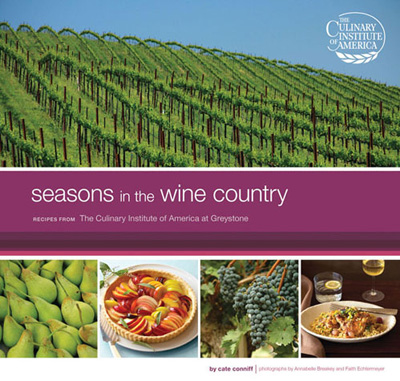
I have added a cookbook to Sup’s! Shop at OpenSky for you today. Seasons in the Wine Country. Its focus is the California Wine Country. Which, on its face, may seem like a bit of publisher’s culinary shorthand, and an attempt to shove a bit more “casual elegance” down the throats of us gullible foodies.
But if you’ll stick with me I think you’ll see why I chose to bring to you this particular book. It’s called Seasons in the Wine Country, which might cause you to raise your eyebrows and wonder just which wine country I mean.
I’ll give you a hint about that and say that the marketing manager of the Culinary Institute of America at Greystone, Cate Conniff, put this collection of recipes together. That’s right, I said marketing manager. But before you throw in your green and white striped side-towel and go running from my virtual kitchen, let me just say this book is way more than a promotional tool.
If you are at all familiar with the food scene in California then you probably have figured out that the wine country this book is celebrating is the well-traveled oeneophilic valley known as Napa.
The breadth and depth Napa’s reputation is growing; partly due to the success of the CIA campus that opened there in 1995. It could be argued that the early gastronomic pilgrims to the area (including great chefs like Thomas Keller) has helped the region become as well known for its culinary destinations as it has for the world-class wines that originally put this valley on our foodie radar.
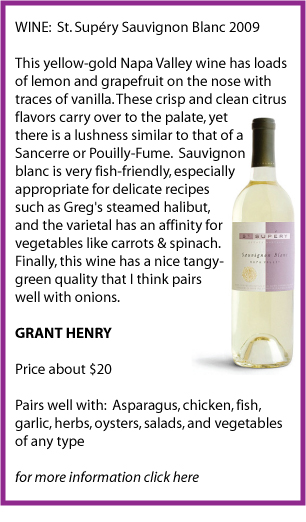 Because of this success there have been many a market-savvy promoter attaching their project du jour to the allure that the great food and wine of the region has developed around the globe.
Because of this success there have been many a market-savvy promoter attaching their project du jour to the allure that the great food and wine of the region has developed around the globe.
So, like I said, when I read this book was “compiled” by a marketing executive. I jumped to the food-obsessed foodie conclusion that this book may not worth my time.
But you know what. Conniff got it right. Sure she’s alluding to (and possibly benefitting from) the great mystery of the region. But it feels much more like an authentic collaboration of geography, talent and appreciation than an ill-conceived series of Napa Valley must-see, must-taste destinations.
Perhaps she turned off her marketing meter and thought about what real cooks want and expect to see in a book with this kind of geographic reputation. Maybe it’s her proximity to the abundance of local talent. Or maybe she just knows good food. Because she hit all these marks dead on in my opinion.
That’s what makes this a very beautiful collection of recipes. Conniff has culled the obvious and profuse talents of CIA instructors as well as other local gourmets. Her take is a fresh and modern collection of seasonal recipes. It’s the kind of read that honestly embraces the most tired phrase in the book biz– because this book is indeed a page-turner.
With easy to follow, step-by-step descriptions from some of the locals (who happen to be some of the world’s foremost culinary authorities) this book is a pleasure to cook by.
Conniff has set this book up according to the seasons. Which is hardly a ground breaking concept, but one that feels just right in this circumstance– adding to the (dare I say it?) casual elegance that defines this book. It’s nice looking and feels good in my hands too. Though I found some of the colored text boxes a bit too harshly hued to look at for long periods of time.
But this small design bugaboo can easily be dismissed, because it in no way takes away from the main event. Which is most certainly the food. Recipes such as Summer Fruit Tart with Lemon Curd, Frittata with Goat Cheese and Green Olives, and Oven-Roasted Brussels Sprouts with Fennel Seeds are great examples of the fresh takes on familiar themes that make this book so fun to cook from. But there are plenty of interesting recipes for adventurous palates to explore as well. The Persimmon Pudding Cake is a particular stand out to me; and I know I will be making Green Mango Salad with Grilled Beef, just as soon as I get my hands on some green mango.
The recipes include wine pairings with elemental descriptions of varietals, which may be the only nod to a marketing “well-duh”. But they are well-written and spot on, as far as I can tell. So it’s easy to forgive her this obvious ploy.
There are, of course gorgeous color photos that capture all the deservedly famous beauty of the Napa Valley wine country; making me long for (yet another) road trip in the hopes of capturing for myself another great culinary adventure.
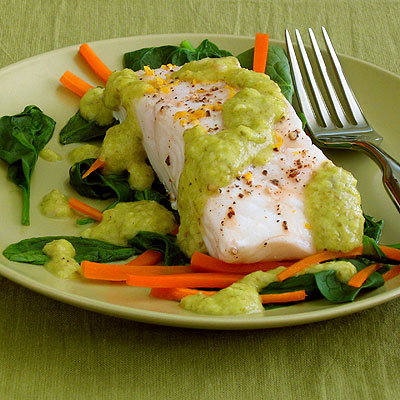 But for now the adventure will be staying much closer to home. So I have chosen to make Steamed White Fish with Julienned Carrots and Spinach with Lemon-Green Onion Sauce. I chose halibut as my white fish, but sea bass or another firm-fleshed fish would be very nice too.
But for now the adventure will be staying much closer to home. So I have chosen to make Steamed White Fish with Julienned Carrots and Spinach with Lemon-Green Onion Sauce. I chose halibut as my white fish, but sea bass or another firm-fleshed fish would be very nice too.
It seems like such a simple straightforward preparation. In fact on a ten-point difficulty scale I would rate this recipe as a 2 (with peanut butter and jelly being a 1.5 and anything with yeast being an 8). But don’t let the ease of preparation fool you. This is a well-constructed, well-layered group of flavors. It comes from chef-instructor Amir DaFonseca, and it defines the flavor of spring.
My brother Grant has done a geographically friendly wine pairing for this recipe. You can read more about the St. Supery Sauvignon Blanc he chose by CLICKING here.
My favorite aspect of this recipe is the beautifully vibrant Lemon-Green Onion Sauce. It is all at once tart and rich, with the unmistakable bite of fresh scallions. It paired so well with the lemon-scented steamed fish, really elevating its flavor without redefining what is so good about steamed halibut. Even the simple pairing of spinach and carrots seems down right elegant when snuggled up next to this delicious sauce. CLICK here for a printable recipe.
SERIOUS FUN FOOD
Greg Henry
SippitySup
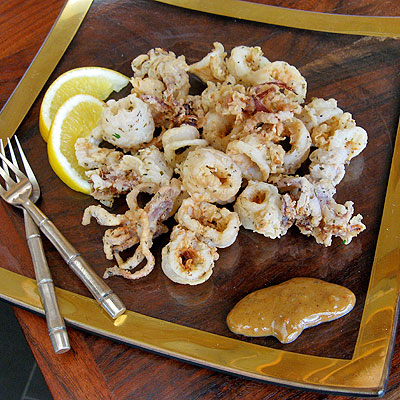
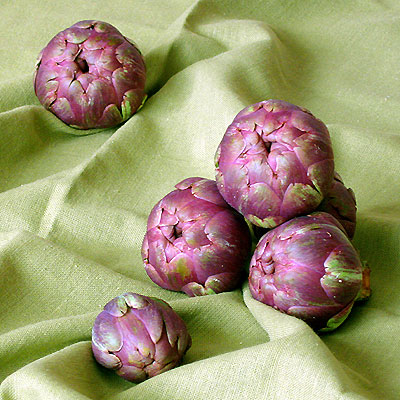
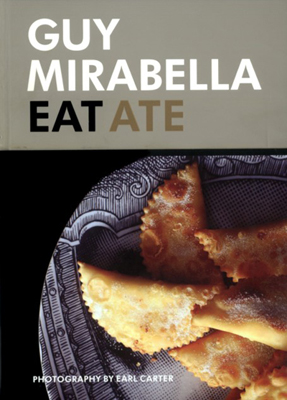
I used lemon in my lomi salmon recipe for last year’s luau. Lomi salmon is already salty enough from the Hawaiian salt marinade. But it just tasted “flat” until I squeezed some lemon juice on it.
Fantastic post! You have made so many great points about adding salt and acids to taste.
how many hits of blotter should I add and should I inform my guests they are about to take an unexpected trip? (ha ha, I kid)
This is a very timely post because one of the side dishes Robert and I are making tomorrow is a cold asparagus dish (using white and green). The recipe calls for a fig balsamic vinegar but said you can sub a red wine vinegar. I almost did the sub but made the extra trip and found the fig balsamic at Fresh Market. After reading this, I’m glad I did.
Regarding your “taste before salting” issue, I once read about a CEO who took candidates for high power positions to lunch or dinner and if they salted without tasting, he eliminated them for consideration because that told him they acted without gathering the facts first.
an extremely harsh hunger pains for tartar when I already have my meals planned for the weekend! You can weave a good purpose into your post!
I agree, and I am sorry to say, but I do not own salt and pepper shakers! Nope I warn eaters who sit at my table they do not exists, so deal with it. I do keep lemon on hand.
I am a fan of Stash as well…
I really loved this post. I thought it was so informative and so well-written. I actually couldn’t stop reading haha.
Whenever I season, I try to think about what I’m cooking…does it have a lot of fat? If so, then acidity is definitely the way to go. If it’s pretty acidic to begin with, then salt is probably what’s lacking. It’s all about experimentation.
This tartare looks fantastic! I definitely would love to try it.
can make or break the novice cook, as I well know from my years of failures! GREG
Agreed! Splurge on the vinegar! We call those “Food Toys” over at “the Table”–the one step more expensive, a little higher quality or special. ‘Cause we’re all worth it!!..a little goes a long way! Everyone needs toys, why not!
Wow! There is a “toy” for everything. GREG
…of trying to rival your vinegar collection. I mean I have several types that are permanent fixtures in the kitchen and I do always, always have some red wine vinegar on hand, plus balsamic and cider and malt varieties too, but I bet you’ve got a lot more than that kicking around 🙂
sometimes I am prone to exaggerate. So do not be too impressed. GREG
Off with their heads, I say! I personally love to present my dishes with ‘finishing touches’…a little seasoned salt, a drizzle of olive oil or a squeeze of something acidic like lemon or lime though, frankly, I never analyzed why or what each added to the construction (paint or lumber) except that it really seems to ‘finish’ it and adds a definitive pop of taste.
I am trying to start a revolution… GREG
This looks amazing! I like salmon, but have never ventured into “tartare world”. Your pictures make me want to pack my utensils and set sail into this brave new world that is “Tartare”! And I have plenty of acid… wait, that doesn’t sound good… plenty of acidic seasoning too! Thank you!
The “acid” jokes are aplenty! GREG
This looks so much better then when I did tartare. Must revise and make better. At least you don’t beat your arm off w/ this recipe =P
Yours was way better with smoked salmon, but I did not have any. And I took the shortcut by adding it to the salmon rather than using it in creamy sauce! But thanks for pretending… GREG
A good lesson indeed. I’ve seen several people reach for the salt before they take their first bite many times when eating out. I just don’t get it sometimes.
Cringe inducing to a cook! GREG
Very insightful (and engaging) post. Glad your “friend” worked it out. 😉 And that tartar recipe has my mouth literally watering. Maybe no one will notice if I skip out of work 7 hours early to go home and whip some up?
what are you implying with those “quotation” marks? GREG
Great story with a great lesson! Different dimensions of taste are so important to achieve in seasoning — acidity and in certain dishes I also like to add a little bit of sweetness too.